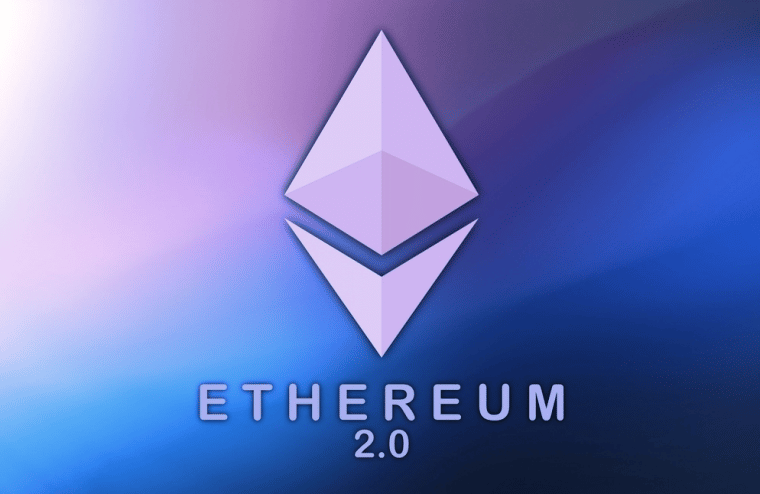
The price of Ethereum Classic (ETC) has retraced somewhat after a short rally, but speculators are wondering whether the merge could be beneficial for the project going forward, as Ethereum’s blockchain undergoes extreme changes that have huge ramifications for the future of the blockchain.
What is Ethereum Classic?
Before The DAO hack in 2016, there was no such thing as Ethereum Classic – there was only Ethereum.
During the DAO hack, 15 million Ether was raised, and the community was extremely optimistic for the future of project being run in a decentralised manner.
However, after an exploit was discovered once the presale was complete, investors lost huge sums of money.
Given that the hack was so devastating for the Ethereum ecosystem
Could the merge be good for Ethereum Classic?
Speculators have wondered whether or not the merge could be a positive thing for the price, or at least the recognisability, of Ethereum Classic.
After all, whilst the Ethereum community openly professes to care about the immutability and longevity of blockchains, this is not a feature that has been consistent with the blockchain’s history.
The merge sees Ethereum’s main chain move from Proof of Work to Proof of Stake, which will be beneficial for Ethereum in many ways, but there are also drawbacks.
Some of the benefits for Ethereum’s main chain are that the blockchain will henceforth use less energy. Some people have advocated that this means that it is inherently better for the environment since it is less damaging, and others have argued that it makes Ethereum more censorship resistant than Bitcoin because anyone can participate in the ecosystem.
In an interview last week with Brian Armstrong, Vitalik explained how he believes that one of the reasons the move from Proof of Work to Proof of Stake is so beneficial is because it makes the blockchain more egalitarian. Even though many consider that the 32 ETH requirement for staking is high, when compared with the economies of scale that operate in Proof of Work, the cost isn’t so exorbitant.
Where is Ethereum Classic headed next?
Unlike Ethereum, which has to undergo an extreme amount of uncertainty as it heads into the merge, Ethereum Classic’s consensus mechanism is not going to change.
The chain is going to stay loyal to its Proof of Work roots and has no plan to deviate from this whatsoever.
For those who value a blockchain that doesn’t change so much, Ethereum Classic will seem an attractive smart contracts platform, and could manage to onboard new dApps.
However, the main hope for Ethereum Classic is not necessarily that more dApps decide to launch on the blockchain, but that the hash rate rises significantly.
In the past Ethereum Classic has suffered 51% attacks thanks to its relatively low hash rate, and this is something that proponents of the blockchain will be keen to avoid in the future.
Over the past week, the price of ETC has been highly volatile. Seven days ago, the price was trading at $32, and remained fairly flat until two days ago, the 5th September (in preparation for Ethereum’s Bellatrix upgrade), when the price rallied to a local high of $41.80. Since then, it has retraced almost entirely, and now sits at $34.40
It remains to be seen whether Ethereum Classic has the potential to flourish over the coming months after the merge, but speculators and investors should expect that there will be a high degree of volatility incoming.
Relevant news:
Tamadoge - The Play to Earn Dogecoin
- '10x - 50x Potential' - CNBC Report
- Deflationary, Low Supply - 2 Billion
- Listed on Bybit, OKX, Bitmart, LBank, MEXC, Uniswap
- Move to Earn, Metaverse Integration on Roadmap
- NFT Doge Pets - Potential for Mass Adoption